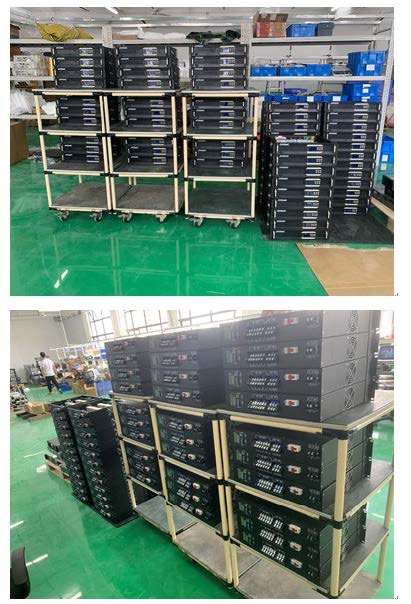Due to its small size, light weight, low cost, and high efficiency, inverter power sources are highly favored in various production fields, especially in fields such as fans, water pumps, and transmission systems. Although the application of inverter power has produced significant energy-saving effects, the accompanying harmonic problems cannot be ignored.
Inverter harmonic control instructions
The injection of harmonic current into the power grid not only increases line losses and shortens the lifespan of transmission and distribution equipment, but also increases the losses of rotating motors. The increase in low-level noise and the generated pulsating torque can cause the operation of relay protection and automatic control devices to be disrupted. At the same time, the inverter itself is composed of power electronic devices with different topologies, and operates in a weak capacitive (common for voltage source devices) state, which amplifies harmonics at specific frequencies in the system.

The load characteristics of distribution systems can be roughly divided into two categories: linear loads (pure resistance, pure capacitance, pure inductance); Nonlinear load (power electronic devices that can switch between resistance capacitance
inductance during operation). Linear loads generally do not generate harmonics, so there is no harmonic amplification or oscillation caused by harmonics. However, nonlinear loads, due to their switching between capacitive and inductive operation, also generate harmonic currents during their own operation. So generally, harmonics will cause oscillation of capacitive and inductive equipment, namely harmonic amplification and damage. Electrical equipment, etc.
Are you aware of the hazards of harmonic currents?
The amplification effect is mainly reflected in the following three aspects:
1. The harmonics generated by the inverter trigger oscillations between purely inductive and purely capacitive devices in the distribution system.
2. Parallel resonance occurs between the inverter and the inverter, manifested as system overvoltage, with some cases of inverter protection tripping, and some cases of local burning of inverter power components;
3. When a large number of inverters are operating in a capacitive state, series resonance occurs between the inverter and the transformer (inductive), manifested as high current between the transformer and the feeder cabinet, severe heating of the system bus, frequent tripping of the transformer incoming main switch, and power consumption. Equipment damage and other phenomena.
Based on the above factors, many on-site harmonic control measures for inverter power sources are urgent, but comprehensive and systematic planning and control plans are also needed. At present, the main control measures for inverter power supply are as follows:
① Standard inverter input reactor (increasing the internal resistance of the inverter power supply to ensure that the inverter branch is in an inductive state);
② Standard passive harmonic filter (with series reactor function, which can filter out some harmonic currents);
③ Adopting multiphase pulse rectification (requiring a dedicated transformer and requiring high requirements for inverter operation linkage);
④ Add active power filters (widely used, but need to be used in conjunction with 1 and 2).
Given the above management measures and our company's extensive on-site operation experience, if an active filter is selected, it is impossible to avoid on-site faults caused by harmonic amplification ②/③. Once a fault occurs, other electrical equipment, including active filters, cannot avoid a significant risk of damage. Therefore, it is recommended to choose 1+4 or 2+4 governance measures, which are currently the most common and have a more significant effect on stable operation. It is recommended to choose the original standard line reactor or harmonic filter of the inverter power supply for both 1 and 2., Due to the inconsistent topology structure of the inverter's own power components among manufacturers, it has a significant impact on the design parameters of the reactor.
Based on the above analysis, we can clearly understand the causes of harmonic generation in inverter power supplies and the root causes of most power supply failures. Passive filters and active filters can increase the impedance of the feeder circuit, cut off the propagation path of harmonics, and call for the development and manufacturing of nonlinear equipment such as inverters. Green harmonic free products can be produced to control the harmonics generated by inverters to the minimum, ultimately achieving scientific and green electricity consumption, reducing harmonic pollution, and improving distribution quality.
tags :
categories
recent posts
scan to wechat:everexceed
